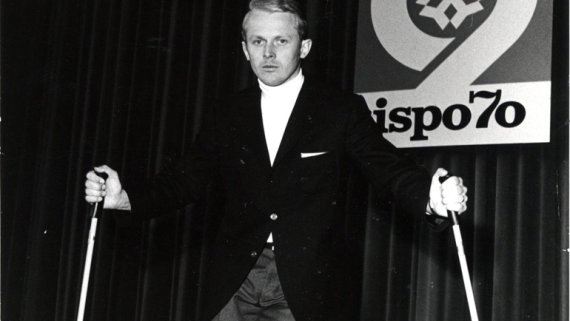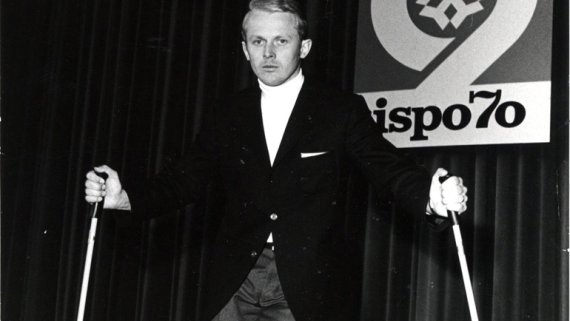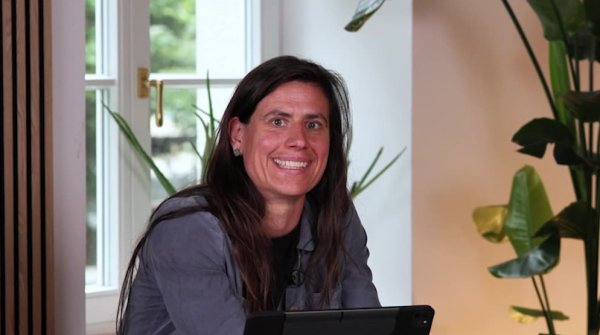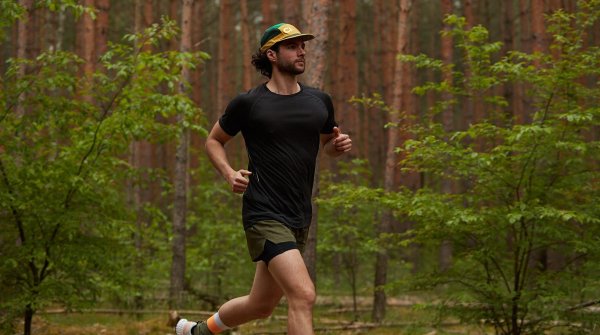For more than 40 years, ISPO Munich has consistently driven its leadership position: It is a global platform for the industry, a popular meeting place for sports business professionals from all over the world, a driver of innovation, and a host of exciting events.
The topic of sustainability is becoming increasingly important. It is clear to see that the sporting goods industry is aware of its responsibility and is focusing more than ever on sustainable products and production processes. In this context, it became apparent that ISPO Munich is much more than a mere product show: it is a network that drives partnerships and initiatives beyond the trade show.
One of the highlights of ISPO Munich 2020 was the Urban Lab, which established itself as a meeting place for the international design scene. The eSports area was also expanded and experienced great popularity.
2020 means 50 years of ISPO. Under the motto "50 years of tomorrow," the ISPO Group started its anniversary year with ISPO Munich 2020 and reformulated its purpose: ISPO will develop sports and outdoor into the drivers of global, sustainable change.

In addition to innovations from the winter sports, outdoor and fitness sectors, the industry was shown potential for remaining attractive to the consumers of tomorrow. The topics of sustainability, digitization and, for the first time, eSports played a key role. Presentations and games were broadcast from the new eSports Arena via a dedicated Twitch channel. More than 300,000 views show the reach that eSports can achieve.
For sports fans beyond the exhibition halls, the ISPO Munich Sports Week took place for the second time: a joint initiative with sports retailers, fitness partners and brands to promote Munich's passion for sports with numerous activities.
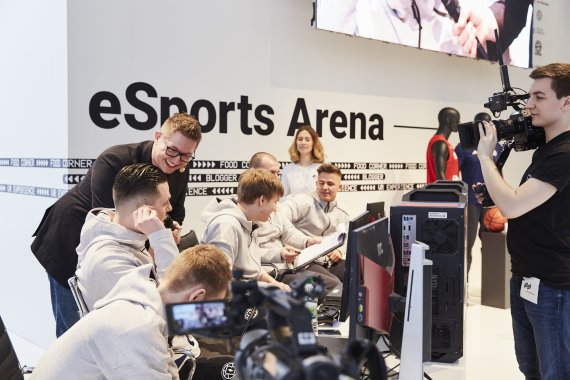
The snowy winter has increased interest in winter sports products and ensured full aisles on the four days of the trade show. Over 84,000 visitors from 120 countries and 2,801 companies attended the world's largest sports trade show.
With the ISPO Munich Sports Week, the enthusiasm was also carried into the city center for the first time and the end consumer was addressed directly.
A central theme was the increasing digitalization of the sports industry, which was addressed with the new event format ISPO Digitize.
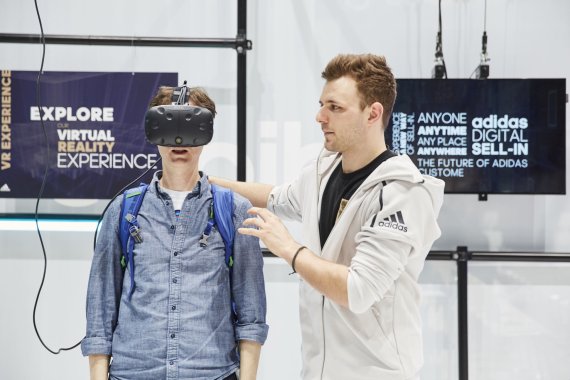
For the first time, over 85,000 visitors attended the world's largest sports trade show. With +6%, the international share in particular grew enormously. An important topic was "Women in Sports", which was presented by a special platform and suitable tours.
In addition, increasing digitalization dominated the industry. In this context, Adidas also returned to Munich and hosted a top-class symposium.
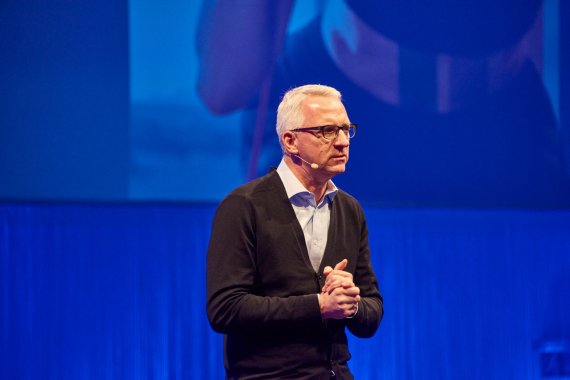
More than 60 additional exhibitors will find their way to Munich in 2016. A total of 2,645 exhibitors will present trends, innovations and the latest products to more than 80,000 trade visitors from 120 countries. Wearables" in particular are the focus of visitors and the media.
For the first time, ISPO is employing its own editorial team during the four days of the trade show to provide daily updates on products, celebrities, and parties on ISPO.com.
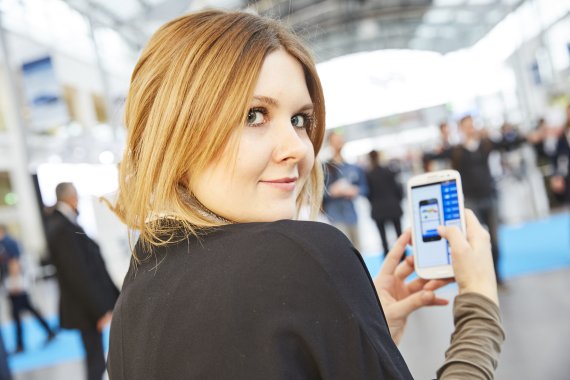
Absolute records in the more than 40-year history of the trade show: At ISPO Munich, over 2,585 exhibitors welcome more than 83,000 trade visitors to 104,940 square meters of net exhibition space. The themes "Health and Fitness" and "Wearable Technologies" meet the spirit of the times and set new standards.
With special areas such as ISPO Cold Water Surfing, the leading international trade show once again demonstrates its flair for emerging trends and sports. Retailers and manufacturers discuss at the trade show how they can jointly respond to climate change and changing customer behavior.
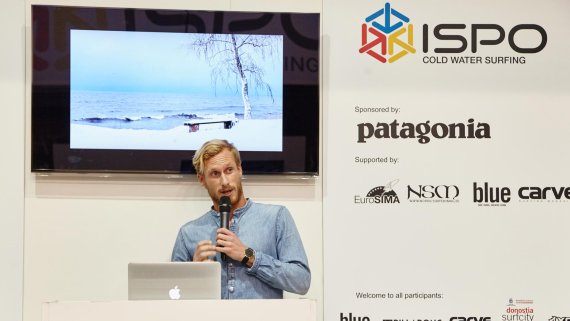
The "Health & Fitness" segment is given its own hall for the first time. Visitors and exhibitors alike take up this offer with great enthusiasm. Numerous celebrities from the fitness industry will be there in person to provide valuable tips.
Shortly before the event, the two new services ISPO Community and ISPO Open Innovation are launched. The global sports industry immediately takes advantage of these innovative ideas and heaps praise.
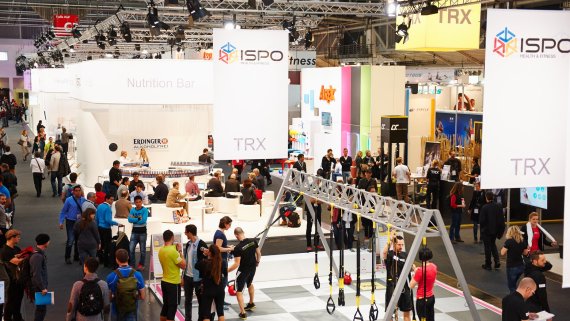
ISPO also strengthens its leading position as a year-round provider. Visitors rate strong services such as ISPO Award, ISPO Brandnew and ISPO Academy as outstanding. The premiere of the ISPO Textrends Forum offers designers and product managers a central platform for textile trends and topics for the first time.
Managing Director Klaus Dittrich is delighted with these successes: "We would like to establish ourselves even more strongly as a year-round full-service provider, networking expertise from all over the world and actively driving developments and trends in the sports business."
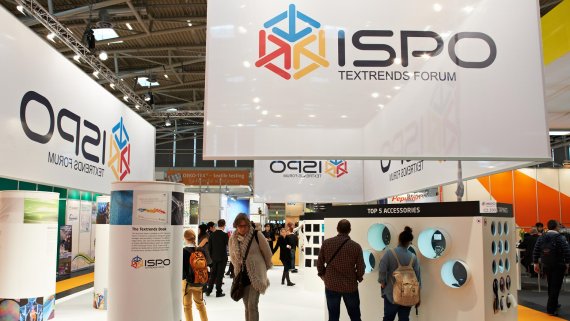
The health megatrend is presented on the big stage under the name Healthstyle. The top-class supporting program offers conferences and themed exhibitions on this and other future markets.
The trade show also highlights professional marketing approaches in the digital age. Despite challenging general conditions, ISPO Munich remains the number one meeting place for the global sports industry.
Innovative rocker technologies and shapes revolutionize the ski segments. Ski hardware suppliers celebrate sensational triumphs.
ISPO Munich also sets new records. With over 80,000 trade visitors from 106 countries, it records a historic increase.
The 70th event is also the 40th birthday of ISPO Munich. In the metropolis on the Isar, the leading sports business event has developed into a popular international industry gathering. Months before the start of the trade show, the 175,000 square meters of exhibition space are already fully booked.
Change at the top: Manfred Wutzlhofer is replaced by Klaus Dittrich after 25 years as Managing Director of the trade show management and responsible for ISPO Munich.
More safety in winter sports: helmets and protectors are in high demand ISPO year 2009. The outdoor community continues to grow strongly, and the exhibition area covers four halls in 2008. A top theme at the trade show is sustainability. In 2007, the trend platform "Best Ager" addresses affluent customers aged 50+.
In the same year, ISPO China moves to Beijing. In 2006, ISPO Munich hosts the "Wearable Technology" platform for the first time. Visitors and exhibitors alike show great interest in the new types of textiles and innovative hardware with integrated technology.
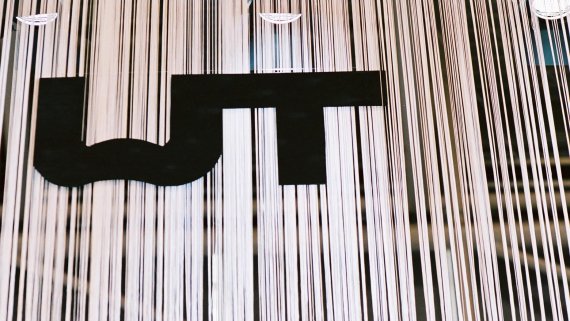
In 2005, ISPO China will be held in Shanghai. Fashionhype: The new Crossover Hall presents functional textiles for the ski slope in 2004. The growth market of sports and lifestyle fashion, which is now also making its way onto the streets, is served by the innovative ISPO Vision segment. The ISPO Card is introduced in 2002. The customer card offers numerous discounts and benefits. As the world's largest sports trade show, ISPO Munich 2001 becomes the trendsetter for the international sports community.
The entire trade show is given a fresh makeover. The exhibition areas are now restructured into Sport Communities. Visionary pioneer of "wearable technologies": a jacket with an integrated cell phone wins the ISPO Brandnew Award. The trend in the ski market is toward all-rounders: Customers want a ski that can be used both on and off the slopes.
In the special exhibition "BrandNew - NewBrands," young, up-and-coming manufacturers show their innovations for the first time in 2000. The winner of the first ISPO BrandNew Award is Robby Naish. His new sport, kitesurfing, also gains high attention worldwide with the award. The first ISPO Winter at the new exhibition center is a complete success in 1999. The largest real snow ramp ever presented at a trade show is also sensational. On a length of 100 meters and a height of 25 meters, athletes show breathtaking stunts with snowboard freestyle, ski tricks and telemarking.
On February 12, 1998, German President Roman Herzog officially opens the New Munich Trade Fair Center in the east of the city. Carving is the megatrend in 1996. Exhibitors launch the successful future of waisted skis. Manfred Wutzlhofer is welcomed to his position as Chairman of the Board of Management of Messe München International and as the man responsible for ISPO.

The Trend Forum bundles the innovations of the trade show for the first time in 1995. Also new is the sports fashion designer show in the foyer with fabrics, colors and patterns. 1994 sees the 40th sports fair. Völkl is one of the first companies to present its waisted "Snow Racer". This is where the carving ski starts its sensational success story.
In 1993, the snowboard industry is given its own special show for the first time. The topic of recycling moves into the interest of the sports community. It wants to reduce the mountains of old sports equipment in the future. In 1991, insiders increasingly focus on water sports such as river rafting and scuba diving.

The 30th event in 1989 achieves a new visitor record: 40,403 sports business professionals come to the metropolis on the Isar. In 1988, ISPO presents functional textiles such as fabrics and fibers at its own location for the first time. New sports arrive from abroad in 1987: paragliding and snowboarding conquer Europe.
The skiing multi-talent Willy Bogner is honored with the ISPO Cup. In 1985, tennis enjoys a great deal of attention. Boris Becker is one of the star guests at the ISPO Gala. 74 percent of surf and water sports suppliers reject a competing trade show. For this reason, the "Windsurfing" trade show planned in Frankfurt is not realized.
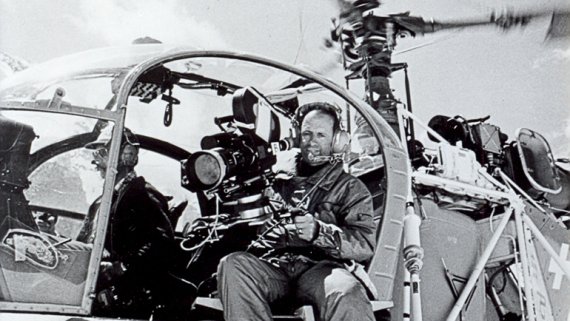
The future growth market of fitness is already represented by 90 exhibitors in 1984. Sports shoes now take up 17 percent of the total trade show space. In 1982, a live fashion show presents the latest trends in ski fashion for the first time. This event develops into a popular tradition at ISPO Munich.
The 10th anniversary in 1979 is a double success. The first fall event convinces the industry right away. Here, the focus is on summer and all-season sports articles. In the spring, a new popular sport enters the success lane: cross-country skiing registers lush growth rates.
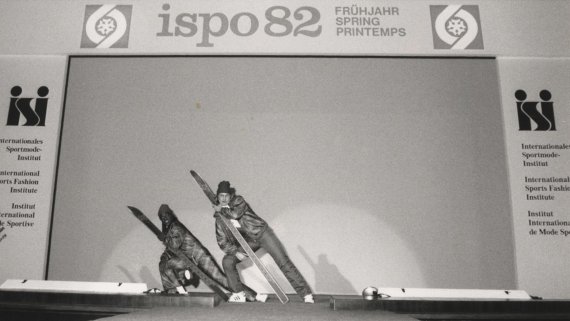
In 1978, the weakness of the dollar unsettled the sporting goods industry. The future of the export business is uncertain. An artificial ice rink and a ramp for skateboarders directly in the halls, as well as a plastic ski slope in the outdoor area of the trade show, thrill visitors in 1977.
In 1975, the first ISPO Symposium for the sporting goods industry and the sports trade attracts great interest. All of Munich is in Olympic fever in 1972. The "Olympic trade show" is held between the Sapporo Winter Games and the Munich Summer Games. Special honor: Federal Minister of the Interior Hans-Dietrich Genscher opens the trade show.
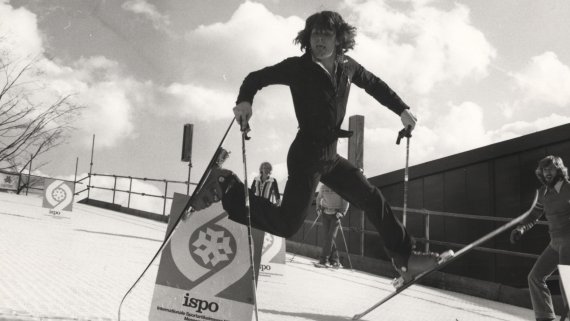
For the second year running, ISPO Munich 1971 is extended to four days. Thanks to the early date, it becomes the "trade show of premieres. Around 100,000 articles are presented, including 2,000 ski models.
Sports fashion is given its own textile center with 20,000 square meters of exhibition space.
On March 8, 1970, the first International Sporting Goods Fair ISPO Munich opens its doors. 816 exhibitors from 25 countries occupy 45,000 square meters. The rush of trade visitors on the first day surprises even the management of Messe München International.
A total of 10,777 trade visitors come from 34 countries. The media also show great interest: ZDF broadcasts the "Aktuelle Sportstudio" live from the trade show's information hall.
